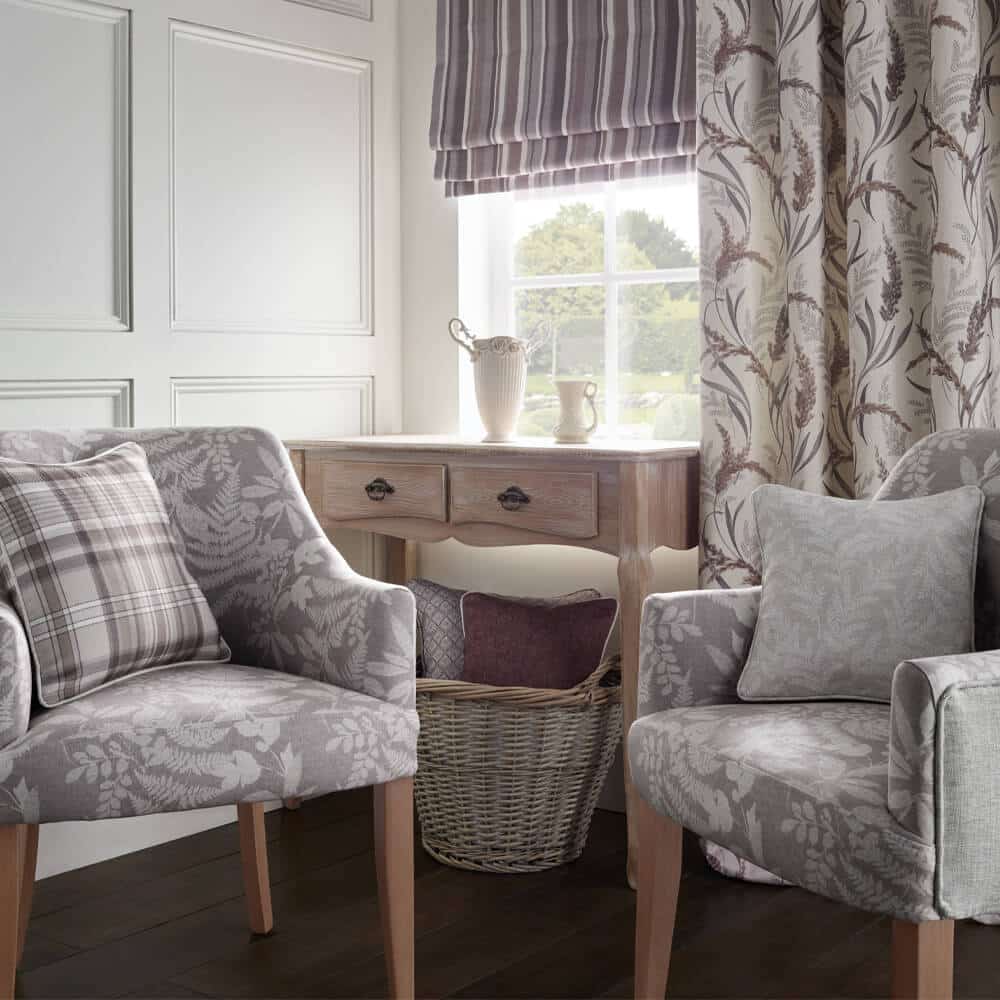
Prioritising Comfort in Every Selection
Comfort in care homes is not a luxury; it's a necessity. Residents often pass extended periods sitting or resting, making the necessity for supportive furniture crucial. Ergonomically designed chairs and beds play a vital role in this, supplying the necessary support to reduce pressure points and reduce the risk of discomfort. Furthermore, the picking of materials is vital. Fabrics should be gentle yet durable, and padding should be sufficient and robust. By prioritising comfort in every furniture selection, care homes can greatly enhance the daily lives of their residents.
Choosing Robust and Robust Furnishings
The furniture in care homes is in constant use, necessitating a level of durability that can resist the demands of daily life. It is not just about choosing furniture that is sturdy; it’s about finding pieces that blend toughness with comfort. Furniture should be able to resist spills and stains, and should maintain its integrity even after repeated cleaning. The investment in high-quality, durable furnishings eventually pays off in the long term, as it reduces the need for regular replacements and secures that residents always have accessibility to furniture that is in excellent condition.
Practicality Joins Forces with Flexibility
Care homes serve to a varied range of residents, each with their own unique needs and preferences. Furniture that is adjustable and easy to move is crucial in fulfilling these different requirements. Chairs with adjustable heights, tables on wheels, and beds that can be easily repositioned all contribute to a more flexible living space. This adaptability ensures that every resident, no matter their mobility level, can utilize and use the furniture comfortably and safely.
Creating a Welcoming Atmosphere with Aesthetics
The aesthetic appeal of furniture has a considerable role in creating a welcoming and welcoming atmosphere within care homes. Furniture should not only be practical but also attractive to the eye, participating to a encouraging and uplifting environment. The picking of colours, patterns, and styles can all make a part in this, and care homes should work to pick furnishings that correspond with the preferences and interests of their residents. Creating an aesthetically pleasing living space goes a long way in enhancing the overall wellbeing of residents.
Ensuring Safety in Every Selection
Safety is a paramount consideration in the selection of care home furniture. Features such as anti-tip designs, rounded corners, and flame-retardant materials are essential in minimising risks and securing that the living environment is as protected as possible. Moreover, furniture should be secure and secure, providing residents with trust as they go about their daily activities. By setting safety at the forefront of furniture choice, care homes can create a secure living space that gives both residents and their families peace of mind.
Choosing Easy-to-Clean and Hygienic Options
In care settings, keeping a high standard of cleanliness is crucial. Furniture should be easy to clean and resistant to bacteria, ensuring that the living environment remains sanitary and safe. Selecting for furniture with few crevices and readily wipeable surfaces can substantially reduce the risk of germ accumulation and make the cleaning process more efficient. By concentrating on hygiene in furniture decisions, care homes add to the general health and wellbeing of their residents.
Maximising Space with Multifunctional Furniture
Space efficiency is a vital consideration in care homes, where every square metre counts. Multifunctional furniture that serves more than one purpose can be a breakthrough in maximising available space. Beds with built-in storage, extendable tables, and modular seating options all offer flexibility while ensuring that residents have access to everything they need. By picking furniture that is both compact and adaptable, care homes can create a living space that is functional, comfortable, and space-efficient.
Centering on Resident-Centric Decisions
Ultimately, the choice of furniture in care homes should be led by the needs and preferences of the residents. It’s about creating a living space that is not just safe and comfortable but also fulfilling and inclusive. By considering the elements highlighted above, care homes can make educated choices that improve the quality of life for their residents, producing a living environment that truly feels like home.
Conclusion: Crafting a Comforting and Safe Haven
In conclusion, the furniture in a care home holds a critical role in defining the living experience of residents. By concentrating on comfort, durability, functionality, aesthetics, safety, hygiene, and space efficiency, care homes can create a living space that fulfills the diverse needs of their residents. The result is a nurturing environment that not only aids the physical wellbeing of residents but also boosts their overall quality of life.
Discover additional information when clicking on the link to navigate to the site today - care home furniture manufacturers.